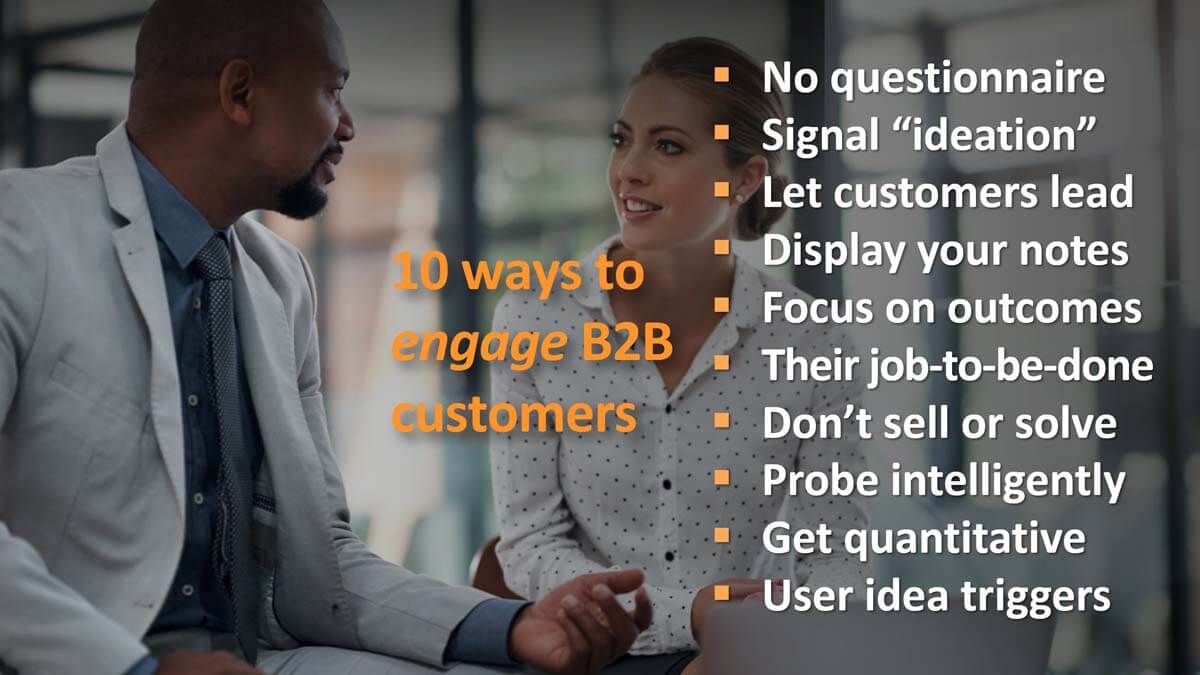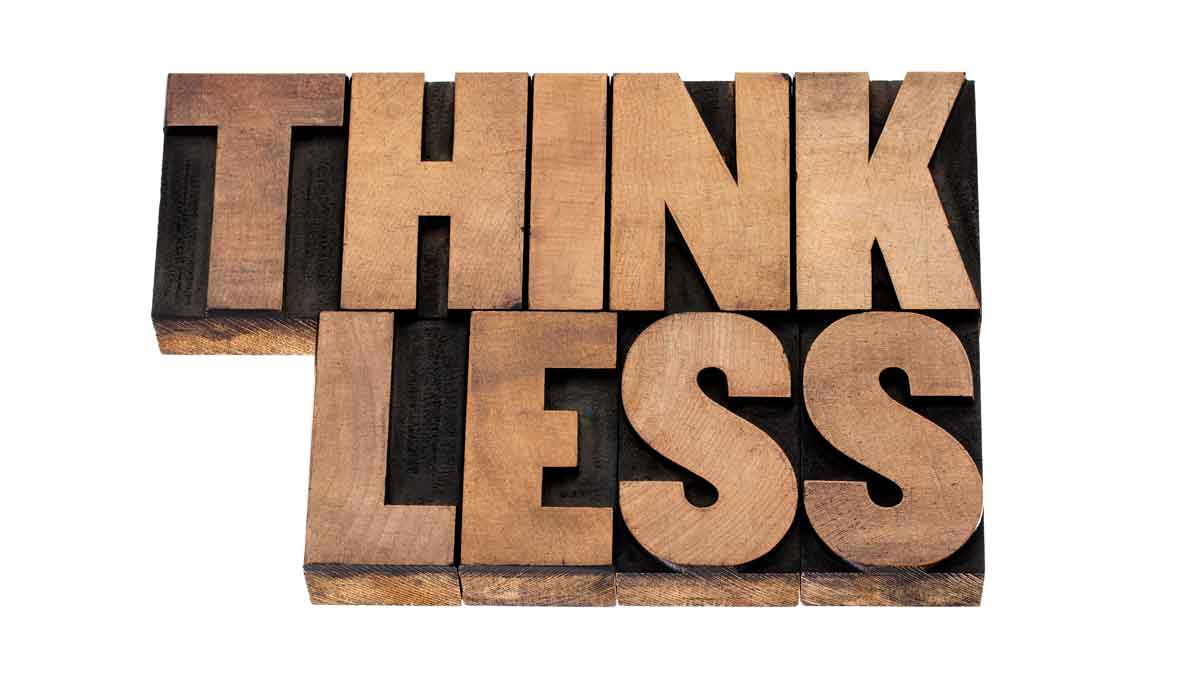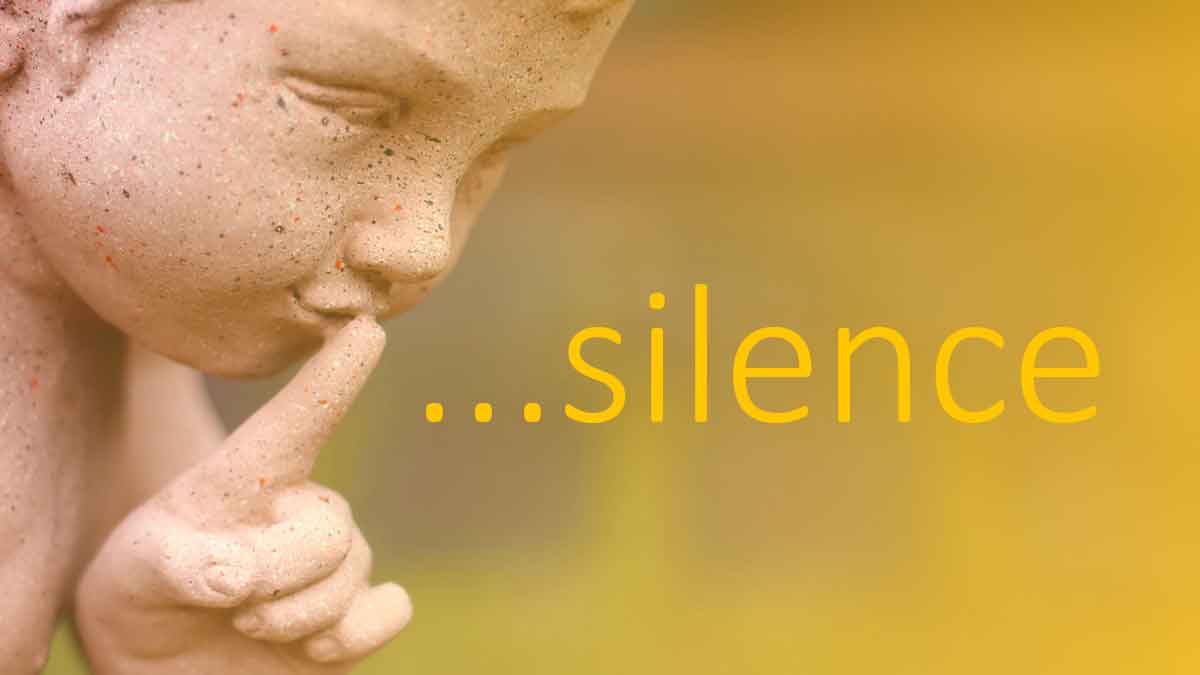If the customer felt they helped you with your interview, you probably wasted your airfare. But if they felt it was their interview, asked for a copy of the notes, and said you were a good meeting facilitator… you probably learned things your competitors don’t know. B2B insight skills are needed for this. Do your people have them?
More in e-book, www.reinventingvocforb2b.com (page 9)
Some companies rely on a handful of internal VOC (voice-of-customer) experts to interview customers. You’ll do far better if you train a critical mass of employees—who routinely interact with customers anyway—to gather customer needs. Keep your VOC experts as coaches and trainers, but implement “VOC for the masses.”
This certainly applies to your sales team. Instead of being satisfied with just a “sales force,” why not also commission a “learning force”? That’s what happens when your sales professionals have strong voice-of-customer skills.
More in white paper, Everyday VOC at www.EVOCpaper.com
With apologies to Tolstoy’s Anna Karenina… all great voice-of-customer (VOC) interviews are alike in the same way: The customer is talking during most of the interview. And they are talking about those outcomes (desired end results) they want to talk about. Anything else is clutter, much of which leads to unhappiness.
For B2B voice-of-customer interviews, plan on two rounds of interview… first qualitative interviews (called Discovery), followed by quantitative interviews (called Preference). In both cases, the customers will be doing most of the talking… and about matters that interest them. They’ll be happy. You’ll be happy.
More in video, Reinventing VOC for B2B
If you sell into a concentrated B2B market (one with just a few customers), your voice-of-customer interviews should have two goals: “insight” plus “engagement.” The latter is important: You want these big customers to be impressed and eager to work with you, not your competitors.
These 10 approaches help you engage your customers when interviewing them to understand their needs: 1) Kill the questionnaire. 2) Let customers lead the interview. 3) Discuss their job-to-be-done. 4) Project your notes so they can see them. 5) Focus on customer outcomes. 6) Learn how to probe deeply. 7) Don’t sell or solve. 8) Get quantitative in your VOC. 9) Use triggers to generate fresh ideas. 10) Use B2B-optimized interview tools. (See the 2-minute video, Engage your B2B customers.)
These are explained in the article, The Missing Objective in Voice of Customer Interviews
Huh? Well, it’s fine to think about your new product, but do so after you first understand your customers’ job-to-be-done. Only after you identify this JTBD can you properly 1) scope your project, 2) identify the right customer interviewees, 3) frame the best outcome statements for quantitative interviews, 4) optimize design & pricing, and 5) promote your product effectively. Bonus: You’ll have a longer time horizon when you focus on the JTBD instead of your new product.
More in article, Jobs-to-Be-Done and New Product Blueprinting
While in-person interviews remain the “gold standard,” we’ve found 10 advantages to virtual voice-of-customer. These include 1) lower cost, 2) reaching dispersed customers, 3) viewable probing tips, 4) colleague training, 5) probing suggestions, 6) note-taker assistance, 7) rapid debriefing, 8) easier scheduling, 9) low-impact cancellations, and 10) greater project speed. If you’re not taking advantage of these advantages, you’re forfeiting effectiveness and efficiency in your customer insight efforts.
Download our white paper at www.virtualvoc.com
As explained by Tony Ulwick in What Customers Want, the term customer “needs” can be confusing. It’s best to separate what customers want into outcomes (their desired end-result, or the “what”) and solutions (your answer to their need, or the “how”). Keep your interview focused on their outcomes, not solutions. If they offer a solution, simply ask, “What would that do for you?” Poof: You’re back into outcome space where you want to be.
More in article, Discovery Interview Blunders that Frustrate Your Customers.
In the best B2B interviews, you ask “What other problems do you see?” or “What would your ideal world look like?” The customer leads the interview—not you—because you never know what they’ll say next. But allow some silence: Don’t fill the void by saying, “for example, would it help if…?” Your patience may be rewarded with a customer need you would never have heard otherwise… one that could lead you to develop a blockbuster product. Silence—and the thinking it allows—can indeed be golden.
More in article, Discovery Interview Blunders that Frustrate Your Customers.
When we train B2B professionals to interview their customers, we tell them to be the student and let the customer be the teacher. After all, customers know their world best and love to demonstrate their expertise… so practice humility. Afraid customers will think less of you if you don’t show how smart you are? Sorry, but I’ve got news: They aren’t thinking of you. They’re thinking of themselves and their ideas. So be a brilliant conversationalist. That’s someone who thinks what the other person says is fascinating.
More in article, Discovery Interview Blunders that Frustrate Your Customers.
Jeff Bezos believes this is a more important question than “What’s going to change in the next 10 years?” In the world of new product development, we find that customer outcomes—desired end results—tend to be more stable over time than supplier solutions. So instead of validating your solutions during customer interviews, seek to uncover and understand the most important, unmet customer outcomes. Then pursue these stable targets with your solutions.
More in video, New Product Blueprinting—the Future of B2B Innovation
Research shows that it’s often “game over” for your product if a competitor’s product has a better Google search ranking. The key is good search engine optimization (SEO), and the key to that is predicting which keywords your prospects will search for. Here’s a tip: In your front-end voice-of-customer interviews, capture customers’ comments verbatim. Then use their language—which is unlikely to change—in your SEO strategy.
More in article, B2B Product Launch: How to get it right
What else is there besides hearing customers’ needs? Impress them so they’ll want to do business with you. Incorporate your insights into a value calculator to optimize pricing. Use their precise interview language on your website to improve SEO. Uncover unspoken needs in a post-interview customer tour. Understand their next best alternative. Never stop learning.
More in article, You Already Answered 4 Questions, but… Correctly?
Your new product development should start where it ends: with the customer. When you take your “pride and joy” hypothesis to customers and ask their opinion, two bad things can happen: 1) They tell you what they think you want to hear. 2) You hear what you want to hear. Start by uncovering their needs, not testing your pre-conceived notions.
More in article, Give your Hypothesis the “Silent Treatment (Originally published in B2B Organic Growth).
One of our best innovations started as an experiment. In 2004 I projected my notes during a customer interview. The customer loved it, the meeting went far longer than expected, and we haven’t looked back since. Sure, customers can correct your notes this way, but our biggest discovery was that customers own what they create and can see.
Read more in the article, The Best Customer Interviews Use a Digital Projector (Originally published in B2B Organic Growth newsletter).














